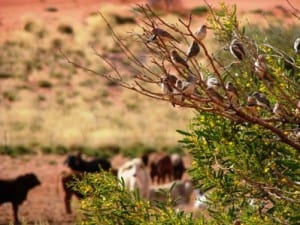Australian fieldwork: a pocket guide
By Jack Ashby, on 27 May 2011
I’m writing from the Kimberley region of north-western Australia, where I’m spending a month or so trapping animals with the Australian Wildlife Conservancy (AWC). This is how I spend my holidays, or at least as many of them as I can. This is my third trip to Oz over the past year, and I’ve spent about seven of the last 13 months doing fieldwork here.
This has caused several people to ask me why I keep coming back to Australia; it’s a big world out there and there are plenty of mammals to chase around the rest of the globe. Why I don’t I go somewhere else? (more…)
 Close
Close





